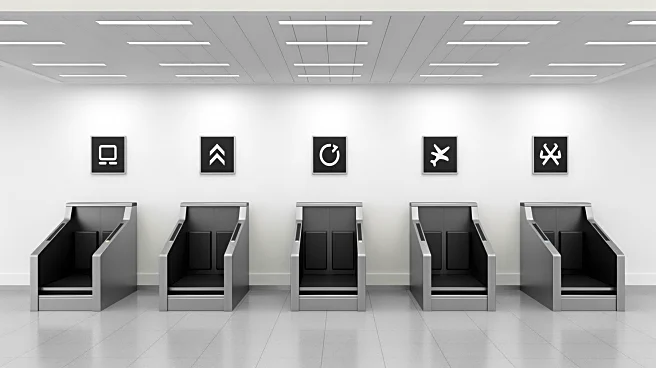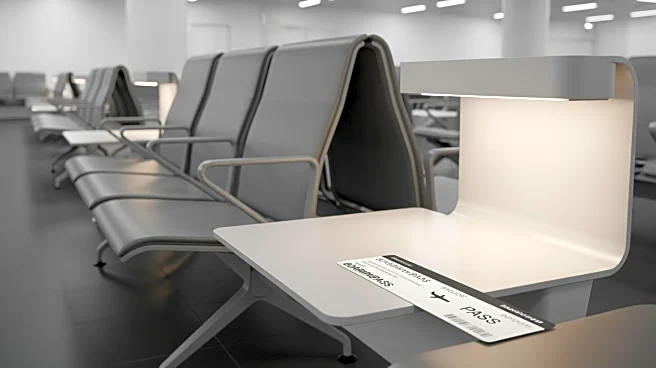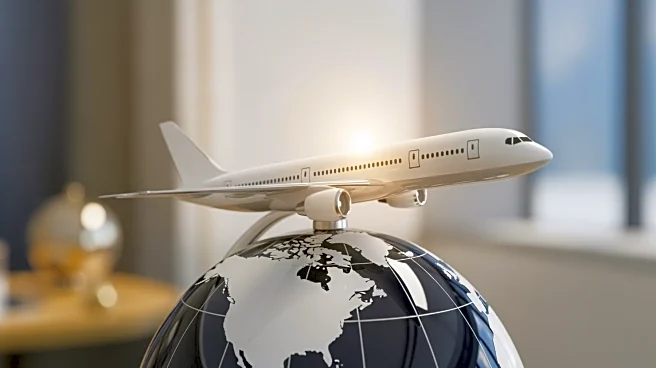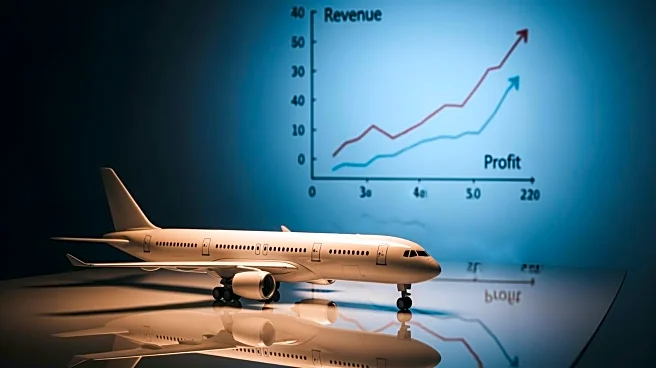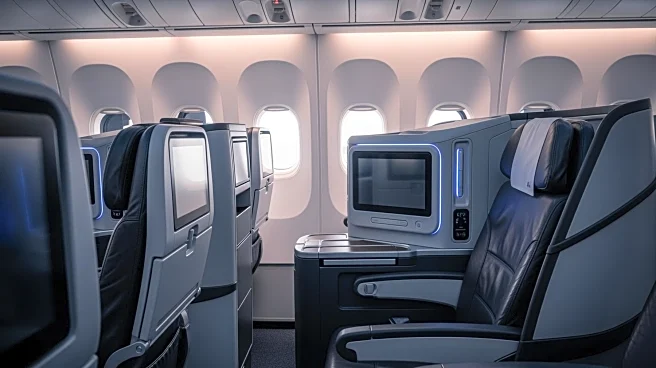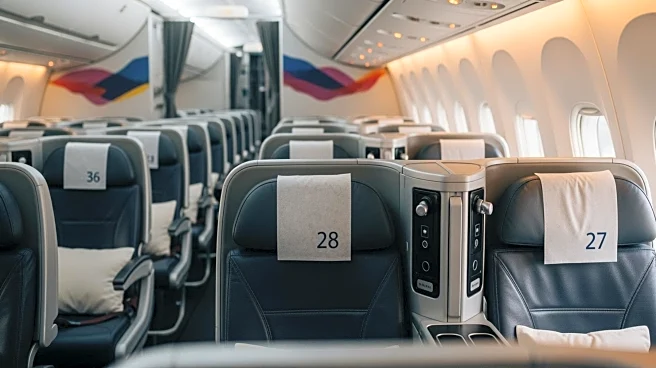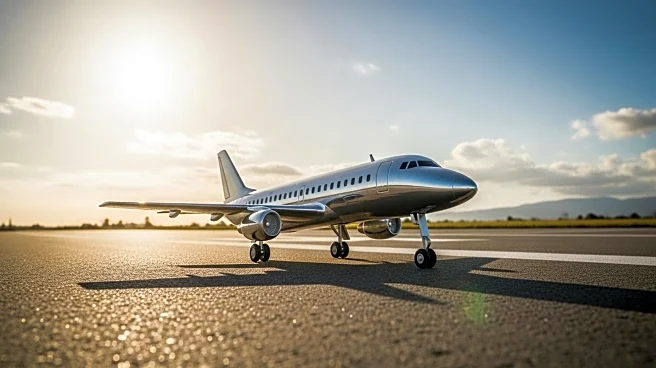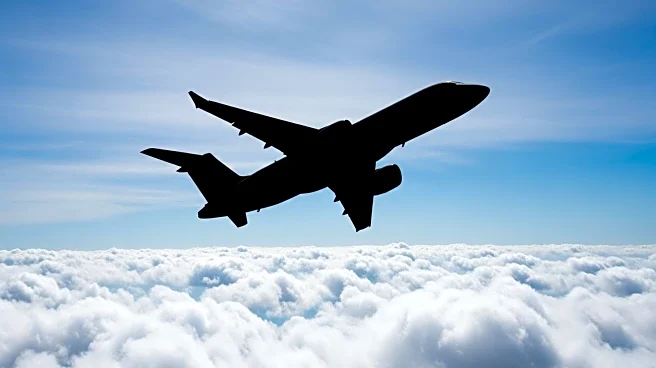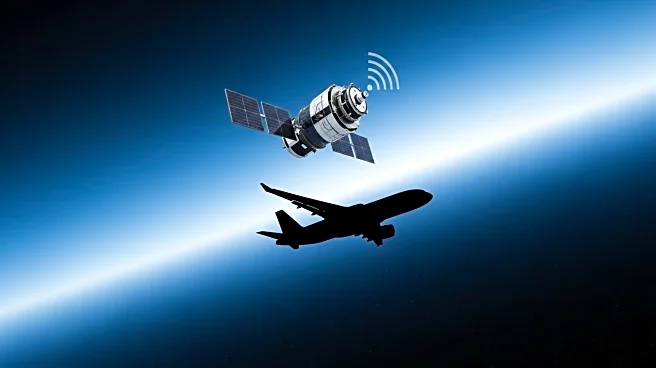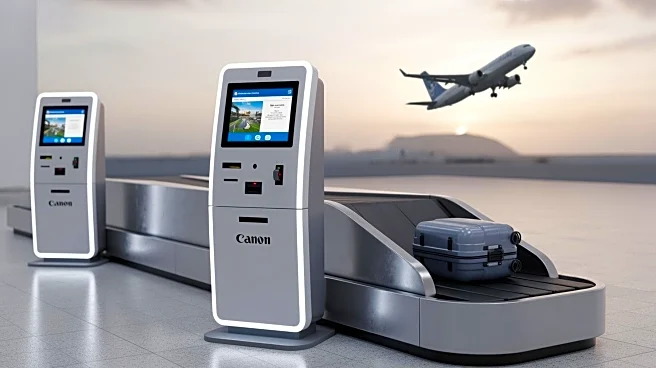What's Happening?
Southwest Airlines is implementing significant changes to its boarding process, set to take effect on January 27, 2026. The airline, known for its open seating policy, will now assign seats to passengers.
The new boarding system will utilize a method called WILMA, which stands for window, middle, and aisle, to streamline the boarding process. Passengers will be assigned a boarding group and a number from 1 to 8, with priority given to those who have booked priority boarding. The WILMA method will see passengers in window seats board first, followed by those in middle and aisle seats, starting from the back of the plane. This change aims to improve efficiency and reduce queuing times, a strategy previously adopted by United Airlines.
Why It's Important?
The introduction of assigned seating and the WILMA boarding method marks a significant shift in Southwest Airlines' operational strategy, potentially impacting passenger satisfaction and operational efficiency. By moving away from open seating, Southwest aims to enhance the boarding experience, reduce delays, and improve customer satisfaction. This change could influence other airlines to reconsider their boarding processes, especially if Southwest's new system proves successful. Passengers with perks, such as frequent-flier status or certain ticket types, will benefit from earlier boarding, potentially increasing loyalty among high-value customers. However, passengers without these perks may face challenges with overhead bin space, particularly those seated towards the front of the plane.
What's Next?
As Southwest Airlines rolls out this new boarding process, the airline will likely monitor passenger feedback and operational metrics to assess the effectiveness of the changes. The introduction of a last-minute Priority Boarding option with dynamic pricing could also be a test of consumer willingness to pay for convenience. The airline may adjust pricing and boarding group assignments based on demand and feedback. Other airlines will be watching closely to see if Southwest's changes lead to improved efficiency and customer satisfaction, potentially prompting similar changes across the industry.
